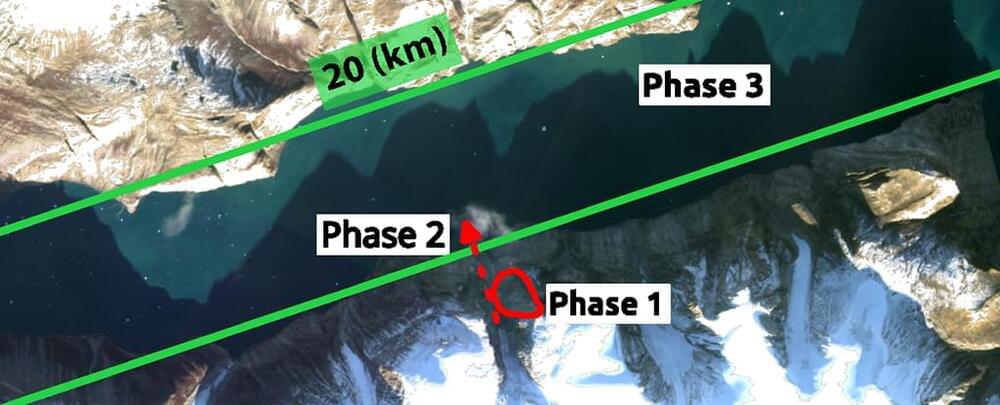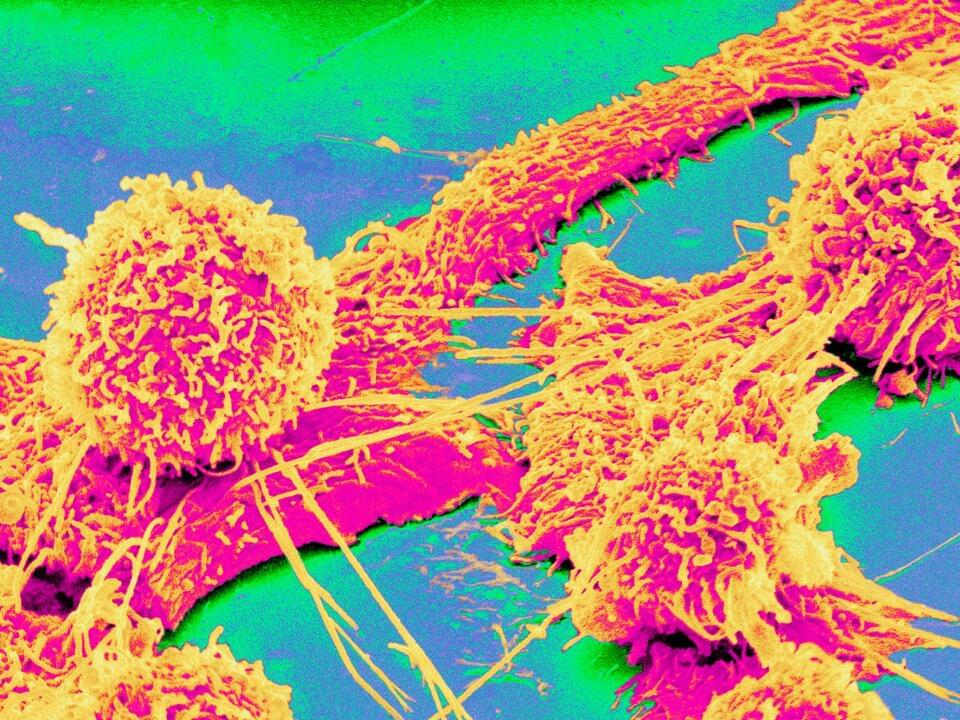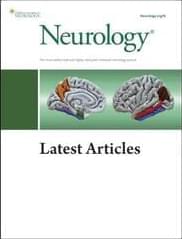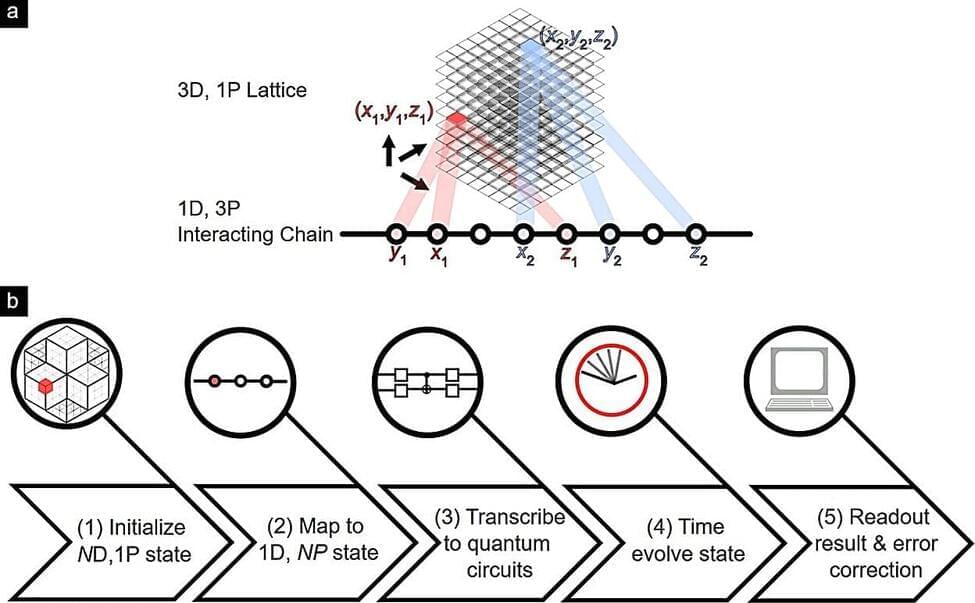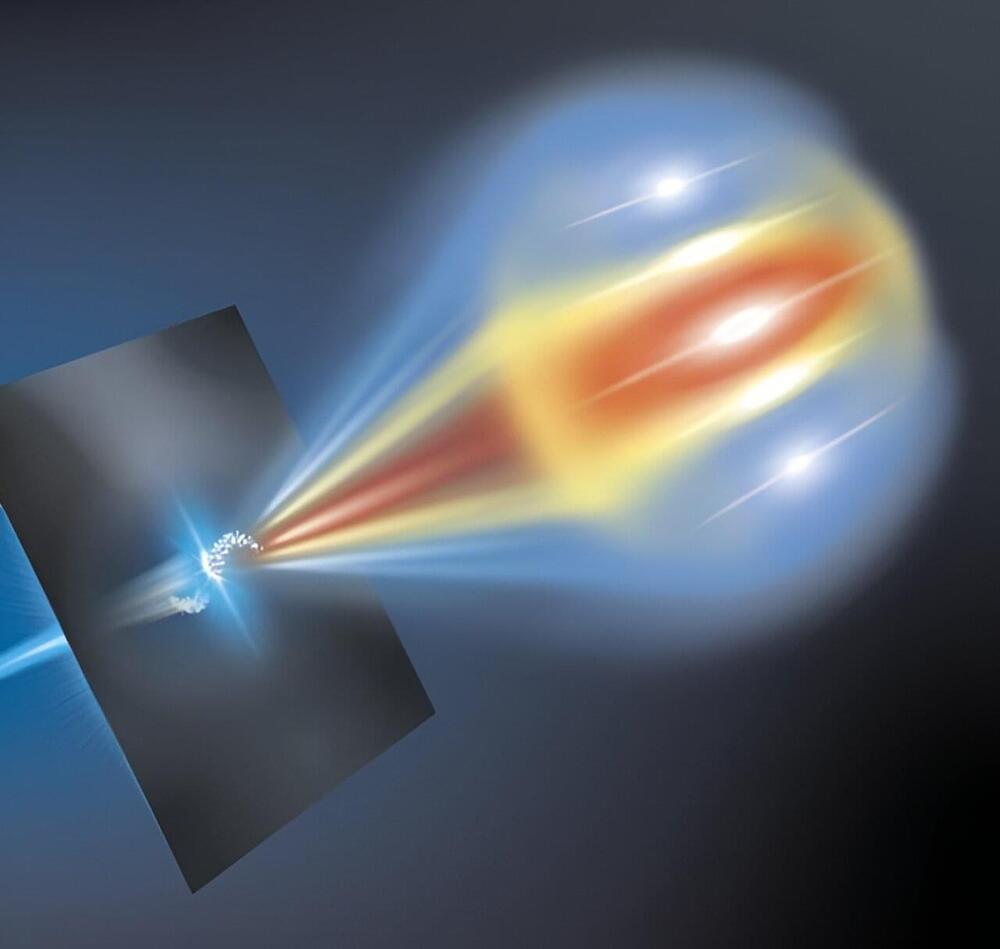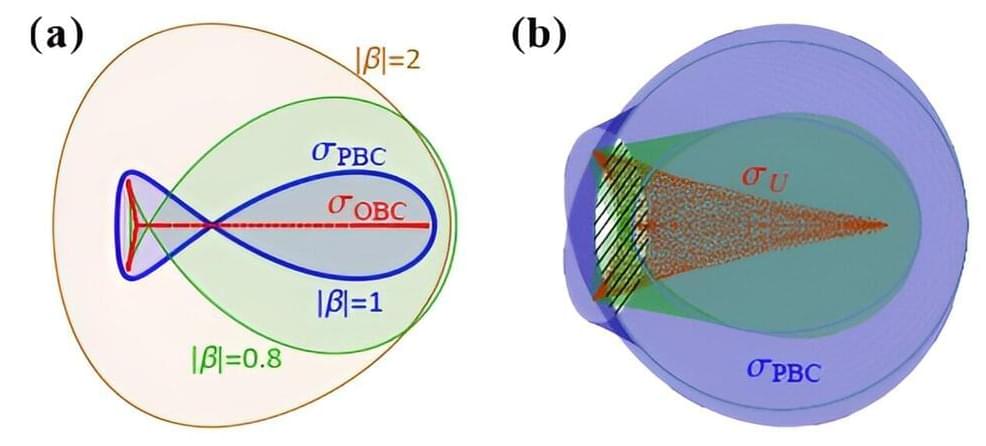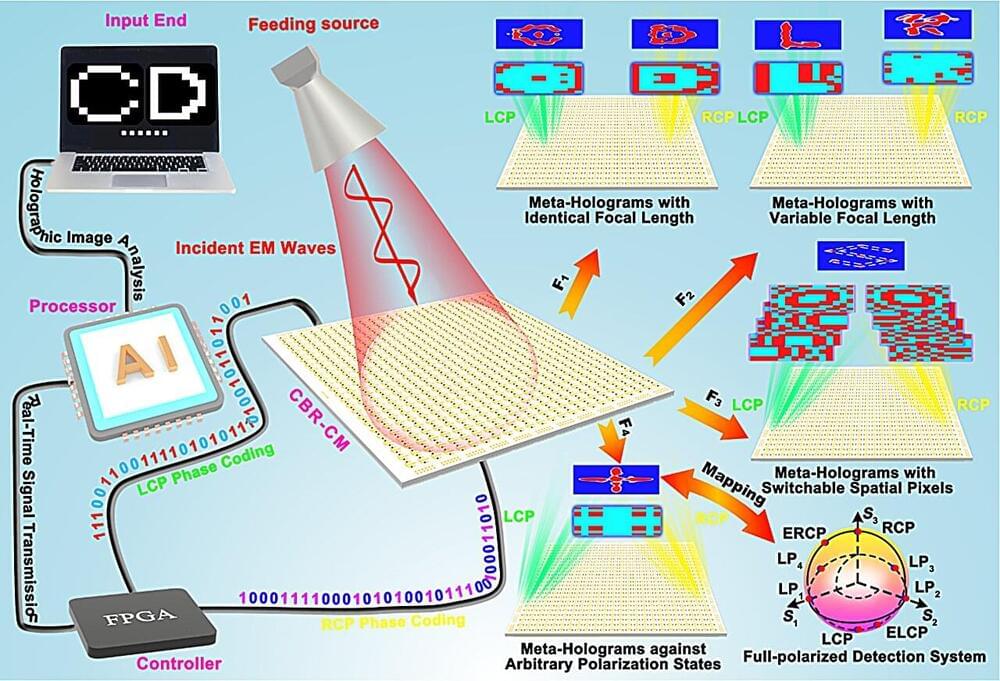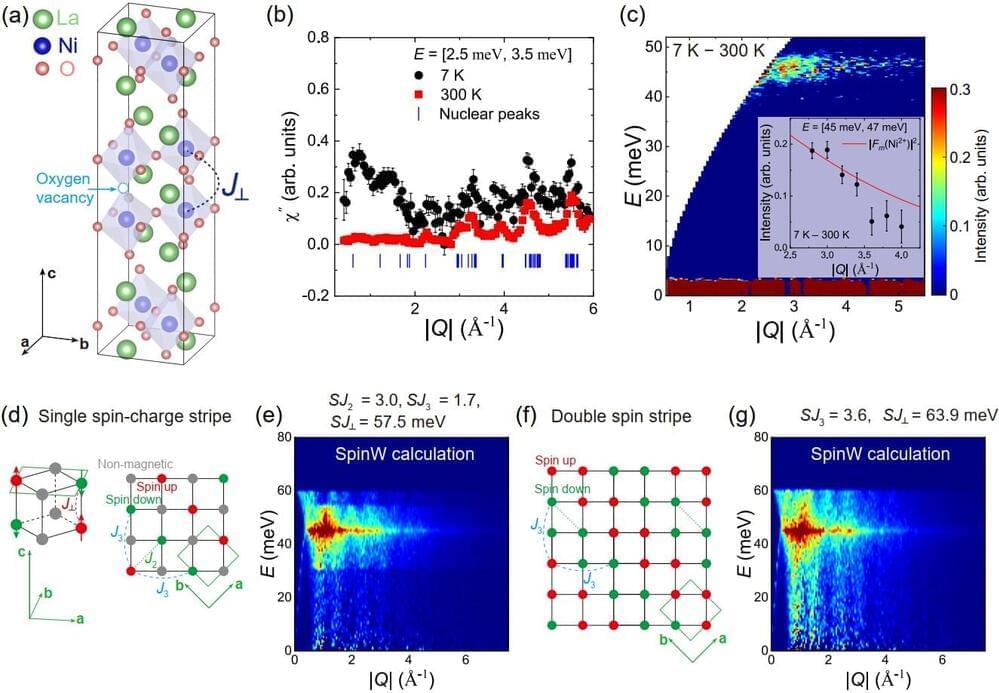A landslide and its resulting megatsunami in a Greenland fjord in September 2023 were significant enough to send waves around the channel of water for an entire week, newly analyzed data collected from seismic monitors has shown.
In what’s known as a seiche, a number of smaller oscillations bouncing between shores combined to form standing waves in the partially enclosed body of water. The phenomenon was logged from signals that traveled as far as 5,000 kilometers (3,107 miles) around the globe.
The team behind the new research, from the GFZ German Research Center for Geosciences and the University of Potsdam in Germany, says this kind of sensing technology is an important part of monitoring remote areas such as Greenland.
